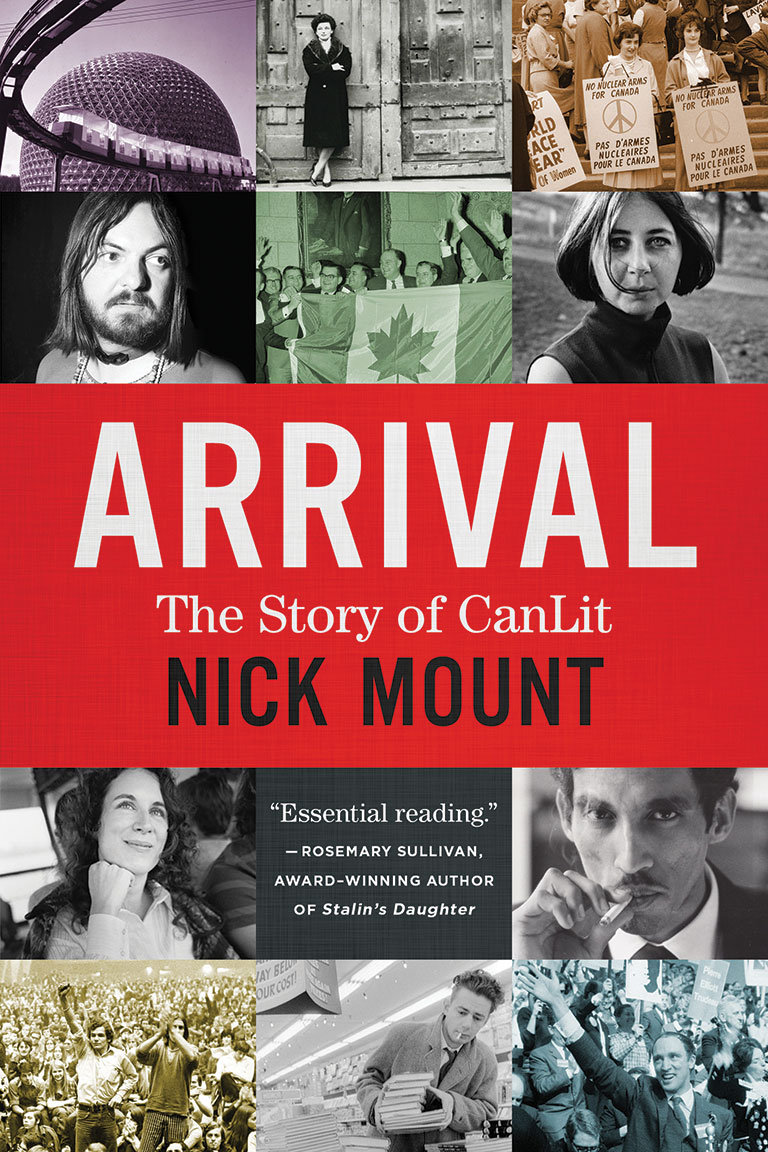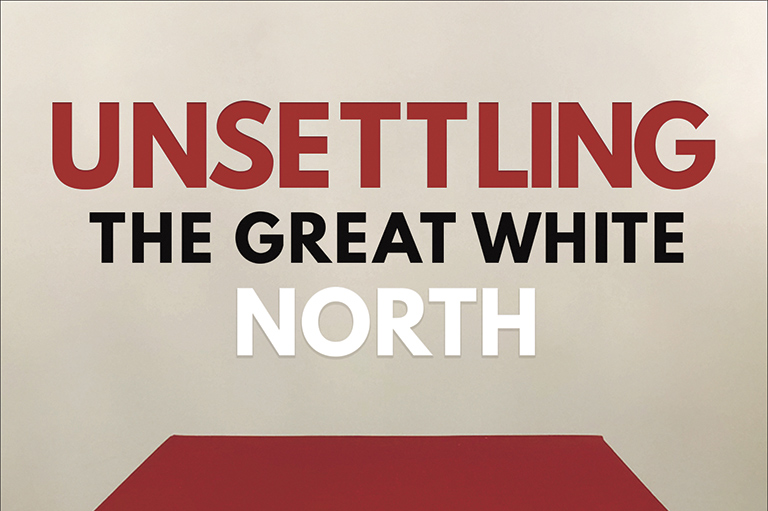Arrival

Arrival: The Story of CanLit
by Nick Mount
House of Anansi Press,
416 pages, $29.95
When the journal Canadian Literature began publication in 1959, editor George Woodcock set out to review every book of poetry published in Canada. That year, he found twenty-four books to review. By 1971, the journal abandoned its reviewing ambitions because Woodcock was overwhelmed: he predicted a tidal wave of over 250 volumes of poetry that year.
Poets led the way in the explosion of homegrown literature that occurred in Canada in the 1960s and 1970s. Canadian fiction and non-fiction did not explode so dramatically; nevertheless, sales figures for individual authors, such as Pierre Berton, were equally astonishing. There were still shackles on this mushrooming industry. Canadian publishers faced the flood of foreign books and foreign capital. In 1969, American subsidiaries made up sixty per cent of book sales in Canada but published just two new works of Canadian fiction.
Despite this smothering competition, in the 1960s and 1970s Canadian literature morphed from a trickle of often-ignored titles into an enormous cultural phenomenon, starring (among others) Mordecai Richler, Margaret Atwood, Leonard Cohen, Alice Munro, and Michael Ondaatje. Today, CanLit is recognized both as a genre sui generis and as an important element in global literary culture.
Now, Nick Mount, professor of English literature at the University of Toronto, has written an idiosyncratic and engaging account of this literary eruption. The story is not just about quantity; it is also about Canadian readers and writers discovering their own country. Most of the titles were set in Canada.
What triggered the CanLit boom? The 1951 Massey report, which urged government support for the arts, was part of the story — but only part. Increased affluence, nationalism, and higher levels of education were equally important; the country was hungry for its own cultural heroes. As Canadians began to hanker after an identity distinct from their colonial predecessors or southern neighbours, literary creation took off. Al Purdy, Hugh Hood, and Milton Acorn were among the early successes, but they would never have found a readership without CBC’s Robert Weaver or the editorial staff of magazines like the Tamarack Review. Almost all of the writers from this period who became stars in the CanLit galaxy began with small presses staffed by unpaid enthusiasts.
As sales grew alongside the Canadian economy, so did the talent pool and the interest from larger houses. In strode Jack McClelland, whose father was co-founder of Toronto’s McClelland & Stewart. By the end of the 1960s, M&S under Jack’s leadership was selling $5 million a year worth of Canadian titles. McClelland’s author Margaret Laurence told him, “Damn near single-handedly, you transformed the Canadian publishing scene from one of mediocrity and dullness to one of enormous interest and vitality.”
This is an ambitious book: Mount’s canvas is the whole country, not just the bed-hopping literati of downtown Toronto. He explores the British Columbia, Quebec, and Maritimes scenes, from the boys’ club atmosphere of Vancouver’s Tish magazine to the lonely struggles of New Brunswick’s Alden Nowlan, “the people’s poet.” He parses the achievements of both English and French-speaking Quebecers, the latter united by their political discontent. He gives us about thirty mini-biographies of the major players — publishers and critics as well as creators — who fomented the boom.
Arrival is both witty and opinionated, and, thanks to more than a hundred brief assessments of major works in the CanLit canon, it is far more than a general survey. Mount captures the essence of each book and rates it: one star for getting published at all, five stars for becoming a world classic. I particularly appreciated these capsule reviews, because I learned of books I didn’t know, and I was reminded of my reactions to those I did know. (I certainly didn’t agree with all of Mount’s opinions — but that’s the nature of reviewing.)
Given the fragmented nature of Canadian society, and the diverse roots of its culture, it is impressive that Mount covered so much ground. It is even more astonishing that the CanLit explosion occurred, from coast to coast. Today we have moved on to a different kind of CanLit boom: Writers, publishers, and readers look for stories not about pioneers on a boreal landscape but about immigrant experiences in urban jungles. Mount has helped to explain, in his own words, “how we got from there to here, from a country without a literature to a literature without a country.”
Themes associated with this article
Advertisement




